This year’s Art Encounters Biennial, “My Rhino Is Not a Myth. art science fictions,” brought together over 60 artists from 20 countries in a project that engaged both current trends in international art research, such as the theme of postmedia effects, the posthumanist critique of the Anthropocene, the relationship between art and nature via technology, as well as imperatives of the experimental scene such as care, collaboration, dwelling, and the creation of human and non-human connections. The curatorial team, whose broad line-up and dynamic, yet rhizomatic working strategy evokes the accomplishments of the Indonesian collective ruangrupa at documenta 15, has combined the experience of an internationally renowned specialist like Adrian Notz with the energy and desire to overcome the institutional clichés of contemporary visual art of a curatorial and writing group working in Bucharest, Cluj, Timișoara and beyond: Cristina Bută, Monica Dănilă, Edith Lázár, Ann Mbuti, Cristina Stoenescu, and Georgia Țidorescu.
The common thread that tied together the efforts of more than 60 artists and the 23 exhibition and presentation spaces, some of them unconventional such as the Timișoara tram depot, the Faber workshops, a warehouse near Mega Image, or the Victoria cinema, was the topic of fiction, artistic fiction but also that inherent to scientific paradigms, classified by contemporary epistemologist Thomas Kuhn as being, paradoxically, themselves due to beauty. Thus, according to the paradox invoked, theories are, in turn, imposed not because of a trivial correlation with a standard of “facts”, but rather because of their own seductive power. We are confronted with a recontextualization in the post-truth era of the old Nietzschean axiom announcing that truth itself returns to the most seductive fiction. In line with all this, and taking as its inspiration the way the rhinoceros engraved by Dürer out of pure fantasy made its way into Renaissance scientific publications, “My Rhino Is Not a Myth. art science fictions” discusses the power of imagination both to represent the visible and to produce images of the unknown, Kantian “aesthetic ideas” that aim beyond the visible (sometimes towards the cosmos as a whole, towards transcendence), appealing to the eye but at the same time making possible the advancement of knowledge. Following the same Renaissance pattern, this elaborated, imaginative, yet critical artistic research explores the possibilities for contemporary visual art to reclaim its position as a bastion of science. In the hope of revealing some details about the gestation process and critical laboratory of this complex project, I will now ask the curatorial team a few questions.
Raluca Oancea: As mentioned above, “My Rhino Is Not a Myth. art science fictions” required a large curatorial collective. Can you give us some details about the creation of this group and how you worked together?
Art Encounters Curatorial Team: In 2020, Adrian Notz held the “Autumn School of Curating” as an online curatorial workshop titled “The New Now” – that’s where we all met. However, though we kept in touch, we had never worked or collaborated on any other projects until the biennial. With the invitation to be part of the Curatorial Sounding Board came a lot of excitement to work at this scale and see how we can fit together and what kind of practices we could find as a curatorial group. The process was slow at first, as we were drafting the curatorial concept and its subsequent threads. This was a good build-up since we got acquainted more with each other’s research interests, sharing knowledge and constantly creating arches of connection, but we also needed time to adjust to and negotiate institutional expectations that were not focused on working as a collective. By November 2022, as we were all juggling our “day jobs” with the work on the biennial, we were already engaged in the full process of selection, spending countless hours on Zoom with the production and installation team together with the artists, figuring out the spaces, the feasibility of the artworks, the larger conceptual framework – a process we visualized on an intricate MIRO board. This space became something of a shifting tapestry, reflecting our forming dynamics, where we would trust each other to take over whenever needed, to react quickly as a group to urgent calls for action and often blend our ideas so much so that it was difficult to really know who started the sentence and who brought it to a conclusion. And though we had leads for various parts – like the catalog for example, or the screening program – we actually worked in a non-hierarchical manner, and at all times consulting each other and deciding collectively. Rather than creating mechanisms, there is a strong sense of an organic development.
It seems that, for some of the curators, the biennial was their first experience working on such a large scale, involving a considerable number of artists, spaces, exhibitions, etc. Do you think there is a recipe for a biennial? Did you follow a particular methodology, did you identify a series of different processes?
We discovered in our group that there are many ways to deliver a result, each of us having their own way of doing things and their own specific skills. Some have a stronger background in art writing, or in academia, interests in political sciences or anarchism, publishing, or a spatial way of thinking, and can easily summon diplomacy when needed. One of the most important processes was to understand, allow and reconcile these different approaches. It was not only a full learning process from each-other, but – as we were discussing during the closing event – also one of learning to enjoy the process, lean into the problems and treat matters with ease – even if that sometimes means to have ideas in a continuous draft mode and let conversations and collaborations run their course. It was most fun when we were able to work together in Timișoara, to conjure the artworks in the space and really try to connect with the context. It wasn’t always possible, but we do feel that it is something that, if there is such a thing as a recipe, it would have to include a better connection with the local context. Rather than creating mechanisms, there was a strong sense of organic development. And this is a rare thing, especially when biennials and institutions still hang on the image of the uber-curator and hierarchical distribution, though, we hope, the winds are changing, and these kinds of practices will be better represented in the future.
Some of the high points of the biennial were the newly produced works, among which the installations commissioned from artists such as Sakib Mizanur or Sebastian Moldovan, set up as a kind of residencies, needed a longer working process. Can you describe this working process in a multi-exhibition context?
They would hardly have been possible without the full cooperation and involvement of the production and installation team, coordinated by Raluca Durbacă and Justin O’Shaughnessy, and managed by the continuous resource-finding of Ioana Gonțea. It is a double-edged sword: together with their team of assistants and art-workers they were fully on board with the artistic ideas, coming up with solutions and display suggestions, completely immersed into the production of the works and in close contact with us as curators and the artists. On the other hand, it is a bit of a miracle that so much has been accomplished in such a short time, and we would definitely advise doing less with more time and resources.
Each installation was different. To mention just a few, Sakib Mizanur needed the team on-site to be an interface to the locally sourced-materials, whereas Sebastian Moldovan adapted moreover to the space itself, transforming and letting his project to grow organically and courageously with the interventions of Lucia Ghegu and Albert Kaan. Anetta Mona Chisa invested herself a lot more than we would have ever hoped for in the transformation and production of her works at the STPT Multiplexity. Floriama Cândea’s installation was a first-time expansion of her long-term research in bio-technology and art, while Alina Cioară’s installation was the biennial’s open door to interacting directly with different local communities and the public throughout the whole event. We could probably write a book about each one, but it was really an all-team effort in which we were doing our best to guide and advocate for each project.
Regarding the catalog released at the end of the biennial, can you explain what was the editorial motivation?
The theme of art-science-fiction, on which the catalog develops, is tremendously generous, and we gathered a lot of creative ideas in researching the concept. So we decided to make more out of it than an index of works and critical texts, and transform it into a looking glass through which the concept and the artworks could be re-experienced and explored even after the biennial ends. Thus came the idea to invite the artists to extend their artistic research with personalized contributions to be featured in the catalog, and make the connection with science-fiction by including synopsis of scientific research through Adrian Notz’s network at the ETH, and some of our favorite literary quotes which are spread around the main texts. The book also features a sci-fi alternative story of Ganda the rhino, written by the Curatorial Sounding Board as a collective author, together with guiding texts for each of the fours imagined streams of the biennial: Carriers of New Seeds, Anticipation and Sighs, Broken Cyphers, Streams of Navigation. Taking inspiration from the publishing culture of old sci-fi magazines, the fantastic designer Stefanie Preis succeeded to give its final shape, and together with the help of publication coordinator Georgiana Buț, we managed to succumb the practical obstacles of the editorial and transform an idea into a reading experience through the art-science-fictions of it all.
Lastly, I would like to ask you if there is any life after the end of a biennial. How will the curatorial collective continue?
There is no doubt about that. The connection we established exceeds the mere professional framework, it grew into a feeling of sisterhood (Adrian included). We would love to continue working more together. During the closing weekend, we didn’t part with goodbyes, but rather casually discussing a research trip together, and the better suited season to do so. We think that it was such a unique experience, that it should continue in something comparably organic and focused on matters of empathy, care and dialogue. It may not happen in a very classical way, it might not happen under the umbrella of a biennial again or a very clear framework, but it will continue as an organic stream, following the already set way of the rhino.
* This journalistic material was produced with the support of an Energie! Creative Grant awarded by the Municipality of Timișoara, through the Center for Projects, within the Power Station component of the National Cultural Program “Timișoara – European Capital of Culture in the year 2023”.
The material does not necessarily represent the position of the Center for Projects and the latter is not responsible for its content or how it may be used.
Translated by Camelia Diaconu
POSTED BY
Raluca Oancea
Raluca Oancea (Nestor), member of International Association of Art Critics (AICA) and European Network for Cinema and Media Studies (NECS), is a lecturer at The National University of Arts in Buchares...
www.Dplatform.ro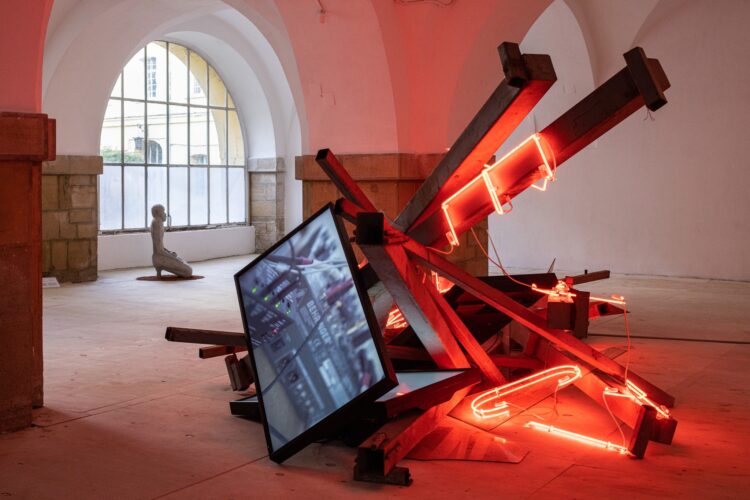
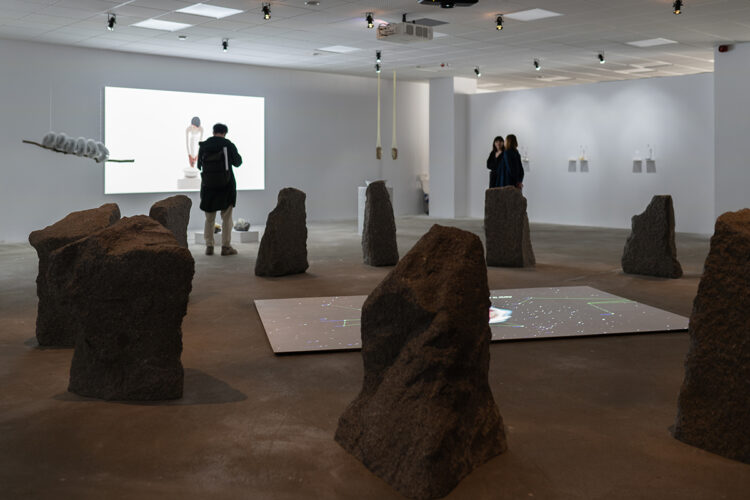
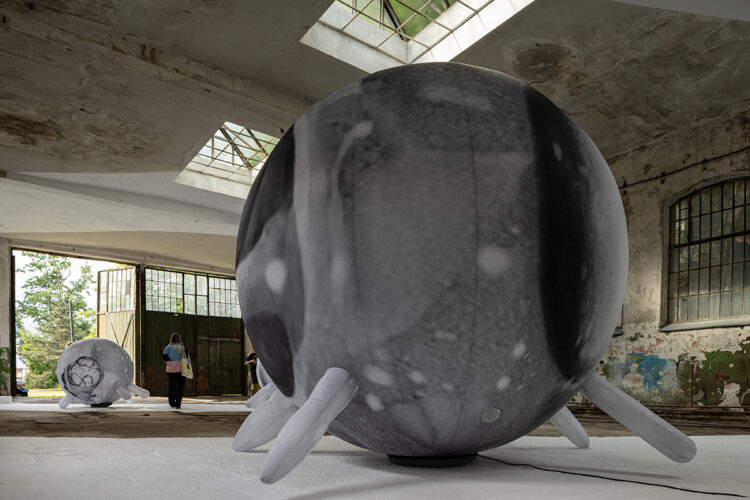
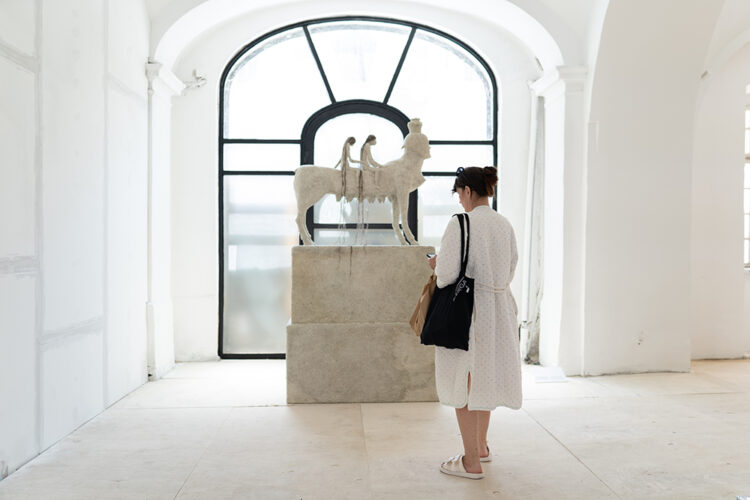
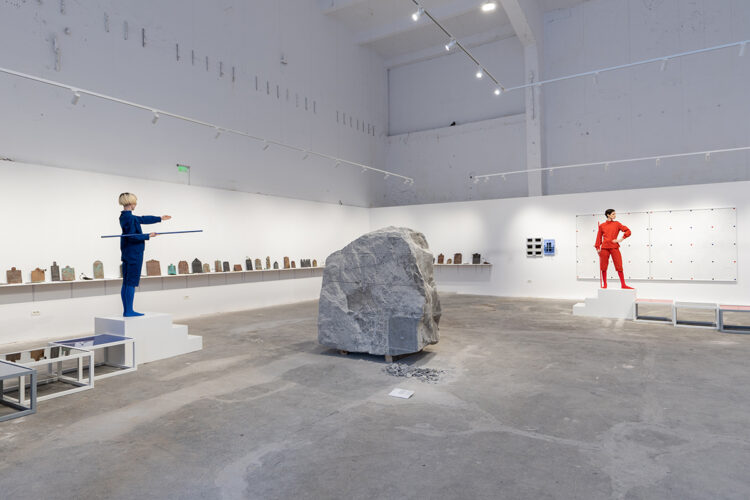
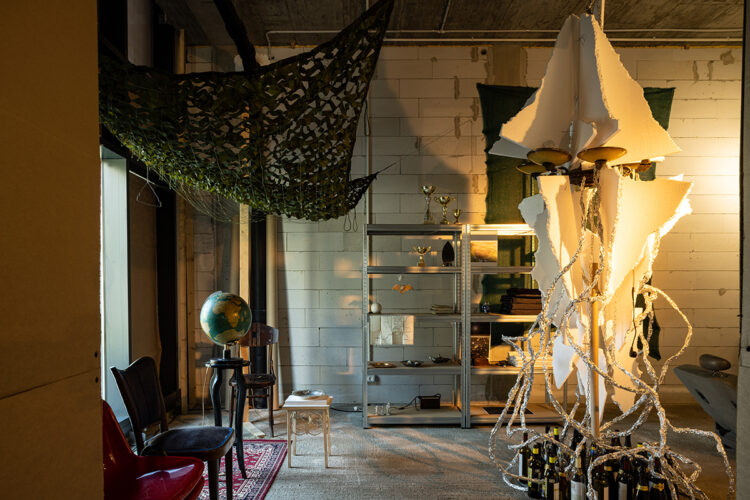
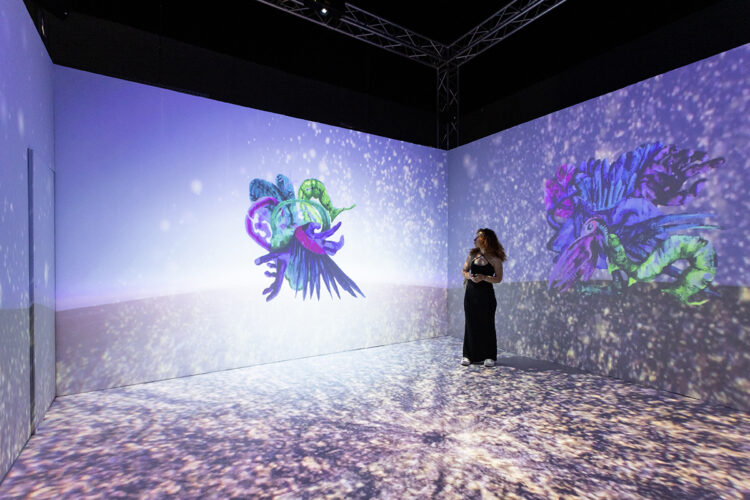
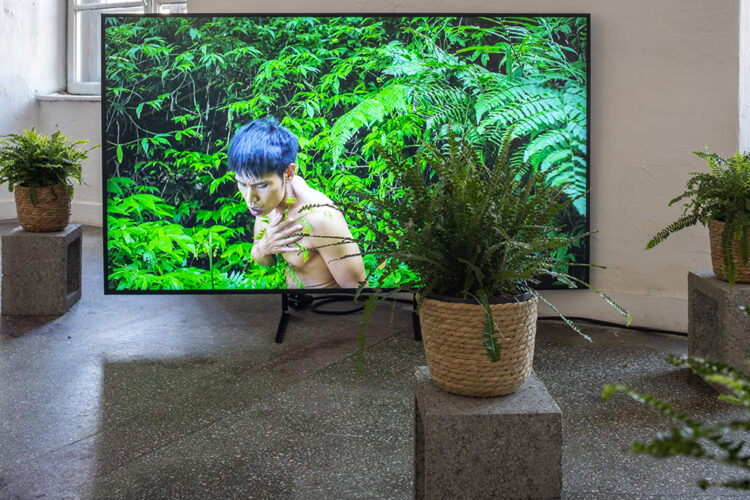
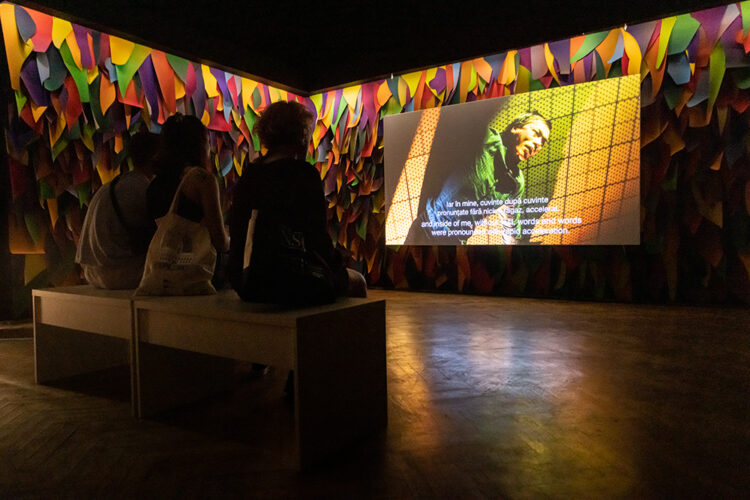
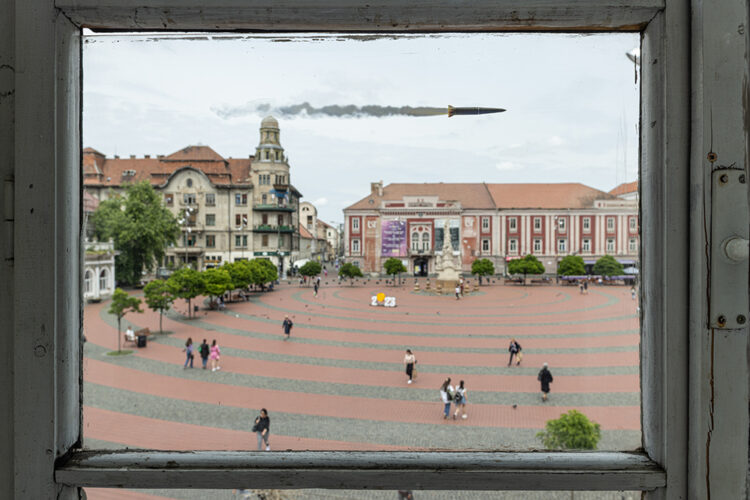
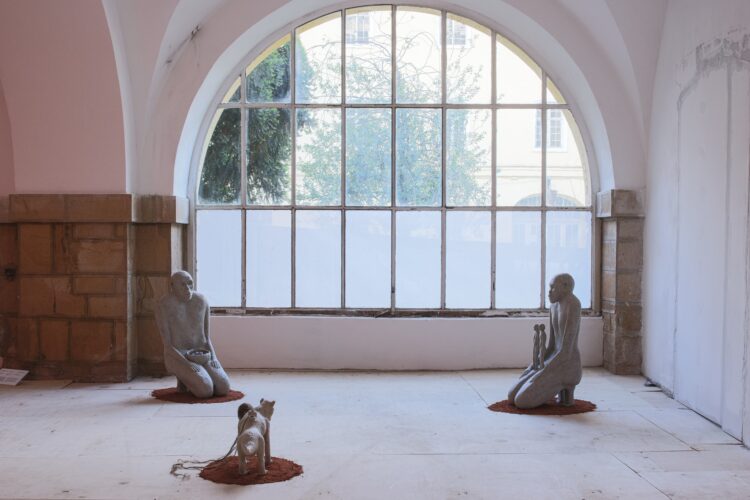
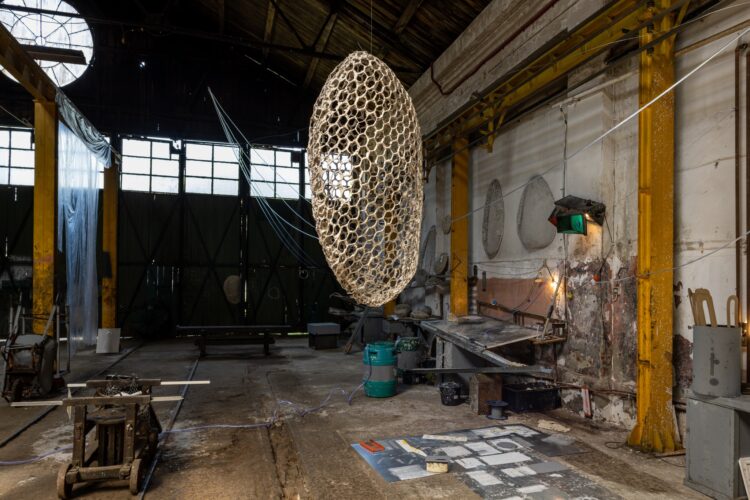
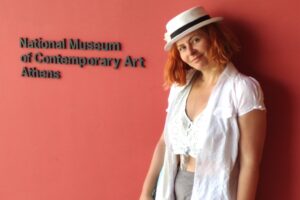
Comments are closed here.